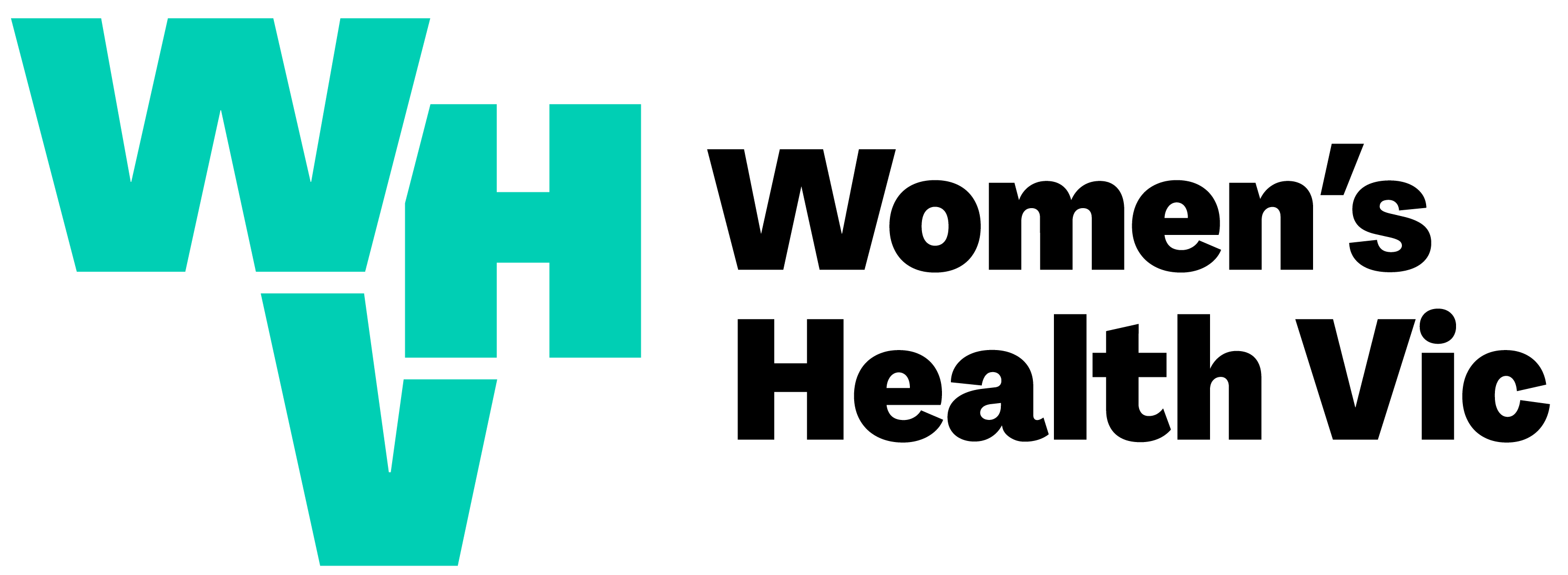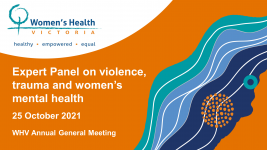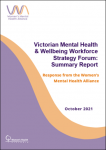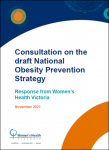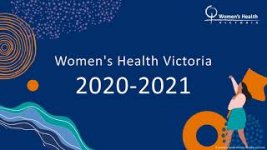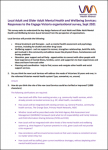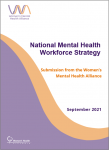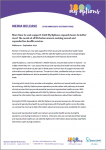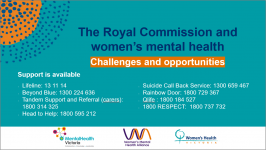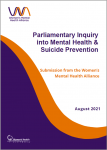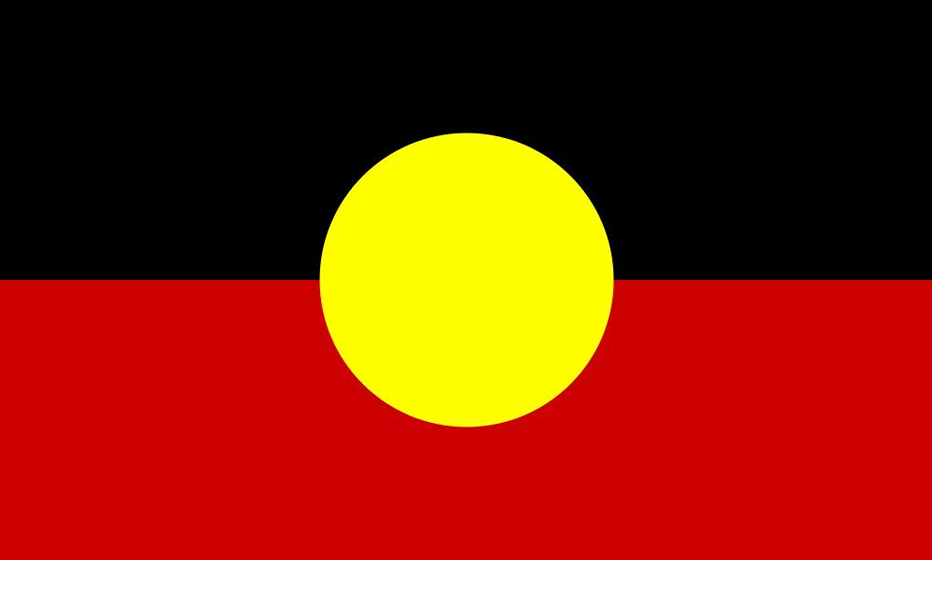This panel discussion was a feature of the Annual General Meeting of Women's Health Victoria, held on 25 October 2021. Leading experts explore the issues and evidence to identify how to design a better mental health system response, and build workforce capability to meet the needs of women who've experienced gendered violence and trauma.
This submission from the Women’s Mental Health Alliance (the Alliance) responds to the Victorian Mental Health and Wellbeing Workforce Forum Summary Report.
Women’s Health Victoria (WHV) welcomed the opportunity to provide feedback to the draft National Obesity Prevention Strategy in November 2021.
The Year In Review celebrates the highlights and essence of the Counterpart service - women supporting women with cancer - over the last financial year.
This video, launched at the 2021 AGM, showcases Women's Health Victoria's programs, services, activities and achievements throughout the 2020-2021 year.
The Women’s Mental Health Alliance welcomed the opportunity to respond to the Victorian Government consultation survey on Local Adult and Older Adult Mental Health and Wellbeing Services.
This submission to the National Mental Health Workforce Strategy Taskforce highlights the critical components of a gender-informed approach to workforce development.
Women in Victoria can now seek support for their sexual and reproductive health needs from 9am to 5pm Monday to Friday, with the 1800 My Options phone service expanding its hours from September 1, 2021.
This submission to the Federal Parliamentary Inquiry into Mental Health and Suicide Prevention highlights the importance of a gender-responsive approach to mental health.
